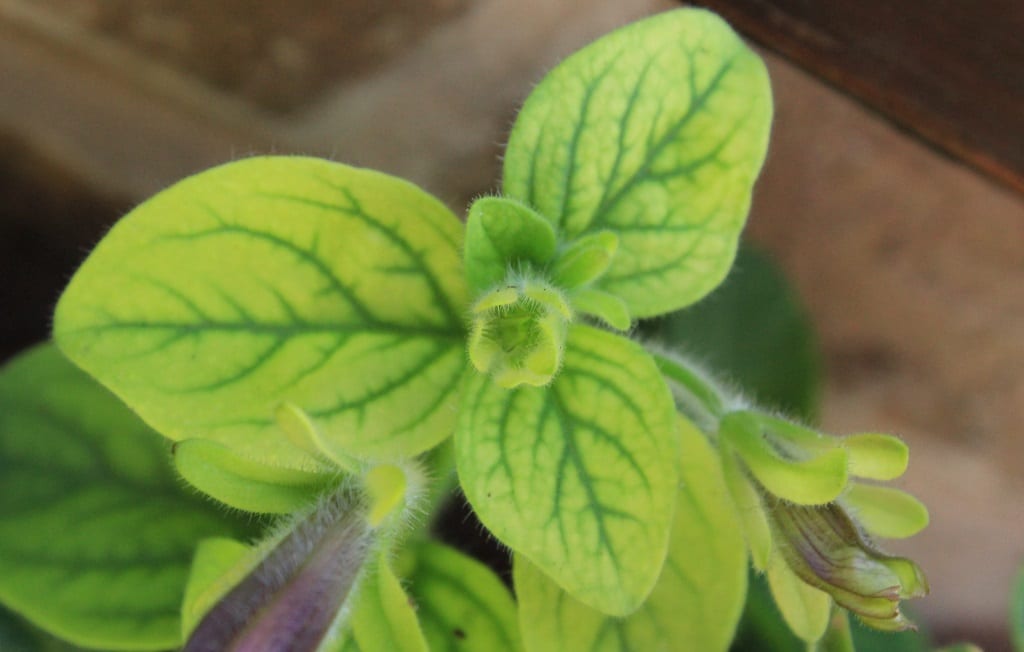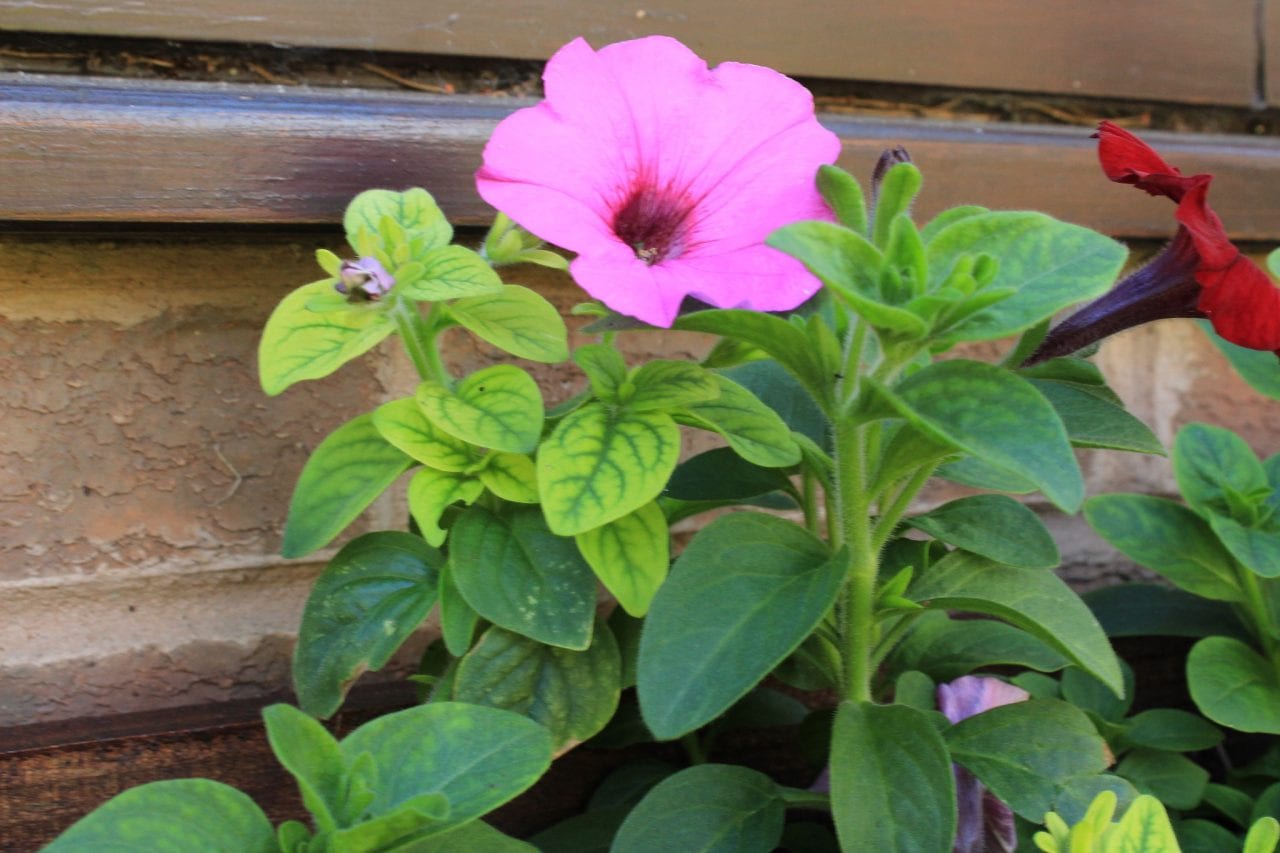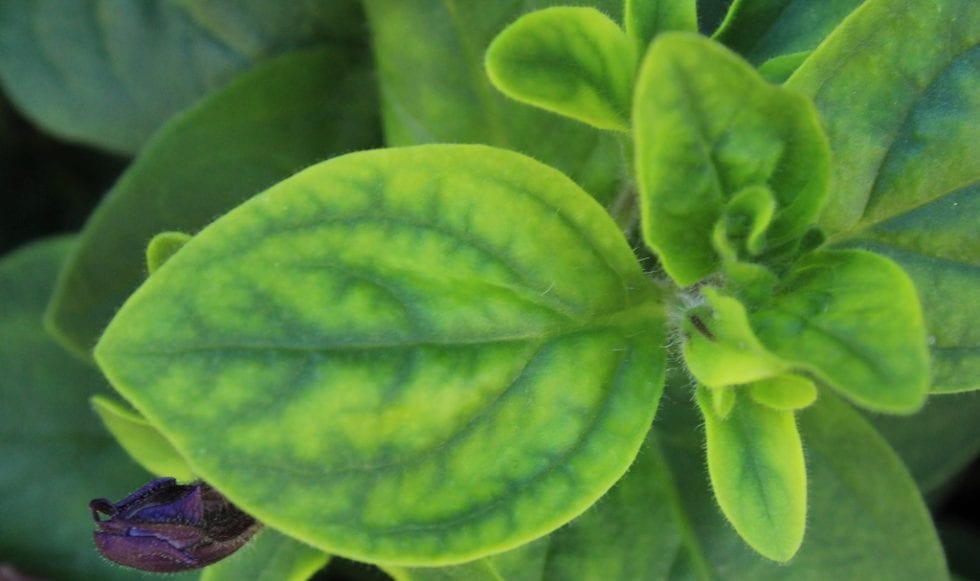Petunia Leaves Yellow – Petunia leaves turning yellow is a common issue that many gardeners face, and understanding the causes and solutions can help keep your plants healthy and vibrant. This post delves into the various factors that can lead to yellowing petunia leaves, from environmental conditions to nutritional deficiencies, and provides comprehensive solutions to keep your petunias thriving. 🌼
Understanding Petunia Plants

Petunias are popular annual flowering plants known for their stunning blossoms and vibrant colors. They are widely cultivated in gardens and as container plants. However, their striking appearance can be compromised by health issues such as yellowing leaves.
Common Reasons for Yellowing Leaves in Petunias
Nutrient Deficiencies

Nutrient deficiencies are one of the most common reasons for yellowing leaves in petunias. Essential nutrients include nitrogen, phosphorus, and potassium, among others. A lack of these nutrients can lead to poor plant health, stunted growth, and discolored leaves. Let’s break down the key nutrients:
| Nutrient | Symptoms of Deficiency | Solution |
|---|---|---|
| Nitrogen | Yellowing of older leaves | Apply a nitrogen-rich fertilizer. |
| Phosphorus | Dark green or purple tint on older leaves | Use a balanced fertilizer that contains phosphorus. |
| Potassium | Yellowing at leaf edges | Incorporate potassium sulfate or a complete fertilizer. |
Watering Issues
Both overwatering and underwatering can lead to yellow leaves in petunias. Proper watering is essential for maintaining healthy foliage.
Overwatering
Overwatering can suffocate the roots, preventing them from absorbing necessary nutrients. Symptoms include yellow leaves that may eventually become brown and crispy. Ensure your pots have adequate drainage and allow the soil to dry out between watering sessions.
Underwatering
On the flip side, underwatering can lead to stress, causing leaves to yellow and wilt. Make sure to monitor soil moisture and water petunias regularly, especially during hot weather. Remember, the soil should be consistently moist but not soggy. 🌧️
Pests and Diseases
Insects and diseases can significantly impact the health of your petunias, causing the leaves to yellow. Here are some common culprits:
- Aphids: These tiny pests suck sap from the leaves, leading to discoloration.
- Spider Mites: These arachnids can cause yellow stippling on leaves.
- Powdery Mildew: This fungal disease creates a white powdery coating on leaves, causing them to yellow.
To manage pests, regularly inspect your plants, and use insecticidal soap or neem oil as needed. For diseases, ensure proper air circulation and avoid overhead watering.
Environmental Stress
Environmental factors such as temperature, humidity, and light levels can influence petunia health:
- Temperature: Petunias thrive in temperatures between 60°F and 75°F (15°C to 24°C). Extreme heat or cold can lead to stress and yellowing leaves.
- Humidity: Low humidity can cause dehydration in petunias, while excessive humidity can promote disease.
- Light Levels: Petunias require full sun to partial shade. Insufficient light can result in weak growth and yellowing leaves.
Preventing Yellow Leaves in Petunias
Proper Soil Preparation
Healthy soil is the foundation for vibrant petunias. Use well-draining potting soil enriched with organic matter. This will not only retain moisture but also provide essential nutrients for your plants.
Regular Fertilization
Feed your petunias with a balanced fertilizer every 4-6 weeks during the growing season. Look for fertilizers with a balanced N-P-K ratio to ensure your plants receive all the essential nutrients. 🌱
Effective Water Management
Always check the moisture level of the soil before watering. A simple finger test can help determine if the top inch of the soil is dry. Water deeply to encourage strong root growth but ensure the soil has proper drainage.
Identifying Yellow Leaves: When to Worry
While yellow leaves may not always indicate a serious issue, it’s crucial to monitor the extent and spread of discoloration:
- If only a few lower leaves are yellowing, it may be a normal part of the plant’s growth cycle.
- If yellowing spreads to the upper leaves and the plant shows other signs of distress, immediate action is necessary.
Important Note: Always act promptly if the yellowing is accompanied by wilting, stunted growth, or pests. Early intervention can save your plants!
Reviving Yellowing Petunias
If you notice your petunias suffering from yellowing leaves, take the following steps:
Assess the Situation
Check for signs of pests, nutrient deficiencies, and evaluate your watering habits. This will help you pinpoint the underlying issue.
Implement Changes
Based on your assessment, adjust your care routine:
- Add fertilizer if nutrients are lacking.
- Adjust your watering schedule to avoid stress.
- Consider moving the plants to a location with optimal light conditions.
Prune Affected Leaves
Trim off any severely yellow or brown leaves. This not only improves the plant’s appearance but also encourages new growth. Remember to use clean, sharp scissors to prevent the spread of disease.
Monitor Progress, Petunia Leaves Yellow
After making adjustments, keep a close eye on your petunias. Check for new growth and ensure that the yellowing doesn’t continue to spread. A little diligence goes a long way in reviving your plants! 🌺
Long-Term Care for Healthy Petunias
To keep your petunias lush and vibrant, consider these long-term care tips:
- Rotate Fertilizers: Consider using different fertilizers throughout the growing season to provide a varied nutrient profile.
- Regular Maintenance: Deadhead spent blooms to promote more flowers and reduce the plant’s energy expenditure.
- Pest Monitoring: Regularly check for pests and treat them promptly to prevent infestations.
Conclusion: Petunia Leaves Yellow
Yellow leaves on your petunias can be concerning, but with proper care and timely interventions, you can maintain their health and beauty. By understanding the underlying causes of yellowing leaves and implementing the appropriate solutions, you’ll enjoy flourishing petunias throughout the growing season. Remember, a little attention goes a long way in nurturing these delightful blooms! 🌸
